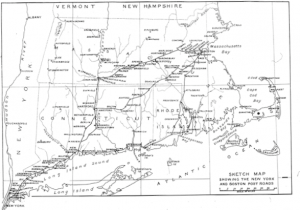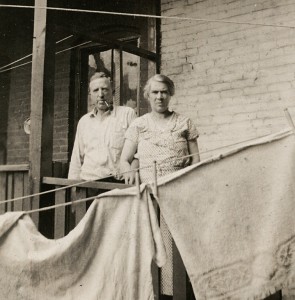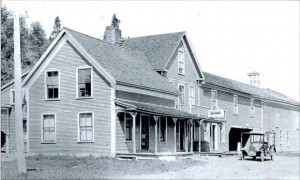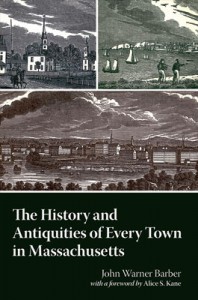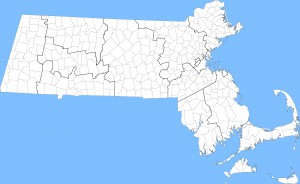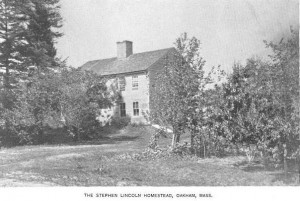 This year’s holiday Open House at the NEHGS library on Saturday, December 10, included several Fireside Chats. In the morning Marie Daly and Judy Lucey discussed Irish genealogy.
This year’s holiday Open House at the NEHGS library on Saturday, December 10, included several Fireside Chats. In the morning Marie Daly and Judy Lucey discussed Irish genealogy.
In the afternoon Chris Child covered the different types of DNA testing – Y-chromosome, mitochondrial, and autosomal. This last is the “hot” fad right now; it’s the type you see on TV, such as “I thought all my ancestors were [fill in the blank], but…” I am no expert on the complexity of DNA inheritance, so it was interesting to learn that European (including the British Isles) DNA is greatly affected by thousands of years of migrating groups that have mixed up the pool to the point of making specific interpretations difficult. On the other hand, test results are accumulating to the point where surnames will be identifiable! Continue reading Fireside chats, 2016
